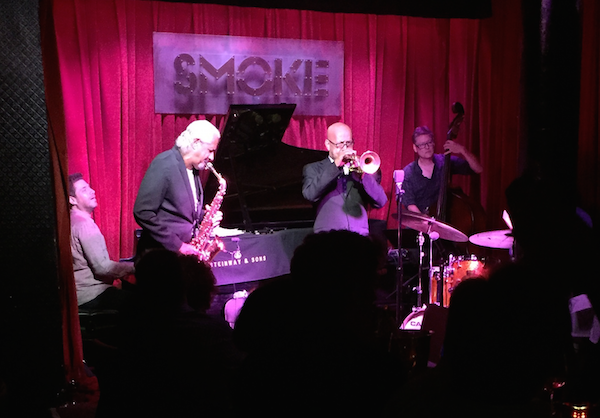Ivories
Miles Davis once said that if he’d spent half of his practice time on the piano, he wouldn’t just have been a better piano player, he would have been a better trumpet player, too. Based on which, about a year ago, I started including some piano playing in my trumpet practice sessions.
The piano is a visual instrument – you can see the notes laid out in front of you – and I found that even playing painfully slowly through the chords of a jazz song was a great way to understand better the harmonic structure. It inevitably gave me ideas and insights for improvising on the trumpet.
That said, most people don’t want to hear a jazz piece actually performed at a two notes per thirty seconds pace – the speed at which I was able to clumsily bang out chords with my fingers. So piano remained strictly an academic tool, not something I could actually play as a musical instrument.
Two months back, I decided I needed to change that. I got two basic piano methods (Alfred’s and Thompson’s), to work through site-reading, correct hand placement, etc. And I whipped out the encyclopedic Patterns for Jazz, which lays out 500 or so stereotypical jazz phrases that work as building blocks in improvisational solos, which you can then transpose in your head (and out through your fingers) in all twelve keys. And, for about twenty minutes each morning since, I set to work.
At this point, I’m still not booking Carnegie Hall or the Village Vanguard any time soon. But, this morning, for the first time, as I worked on a Maj9 chord bebop pattern, I caught myself thinking, “that actually sounds pretty good!” Which was gratifying enough to ensure I’ll be sticking with piano practice for the foreseeable future. Sure, it’s slow and painful going. But after even this short stretch, it’s amazing how fast progress adds up when you chip away at something day in and day out.
